AMS 2025
PNNL presents atmospheric science insights at the 105th annual meeting of the American Meteorological Society, January 12–January 16, 2025, in New Orleans, Louisiana
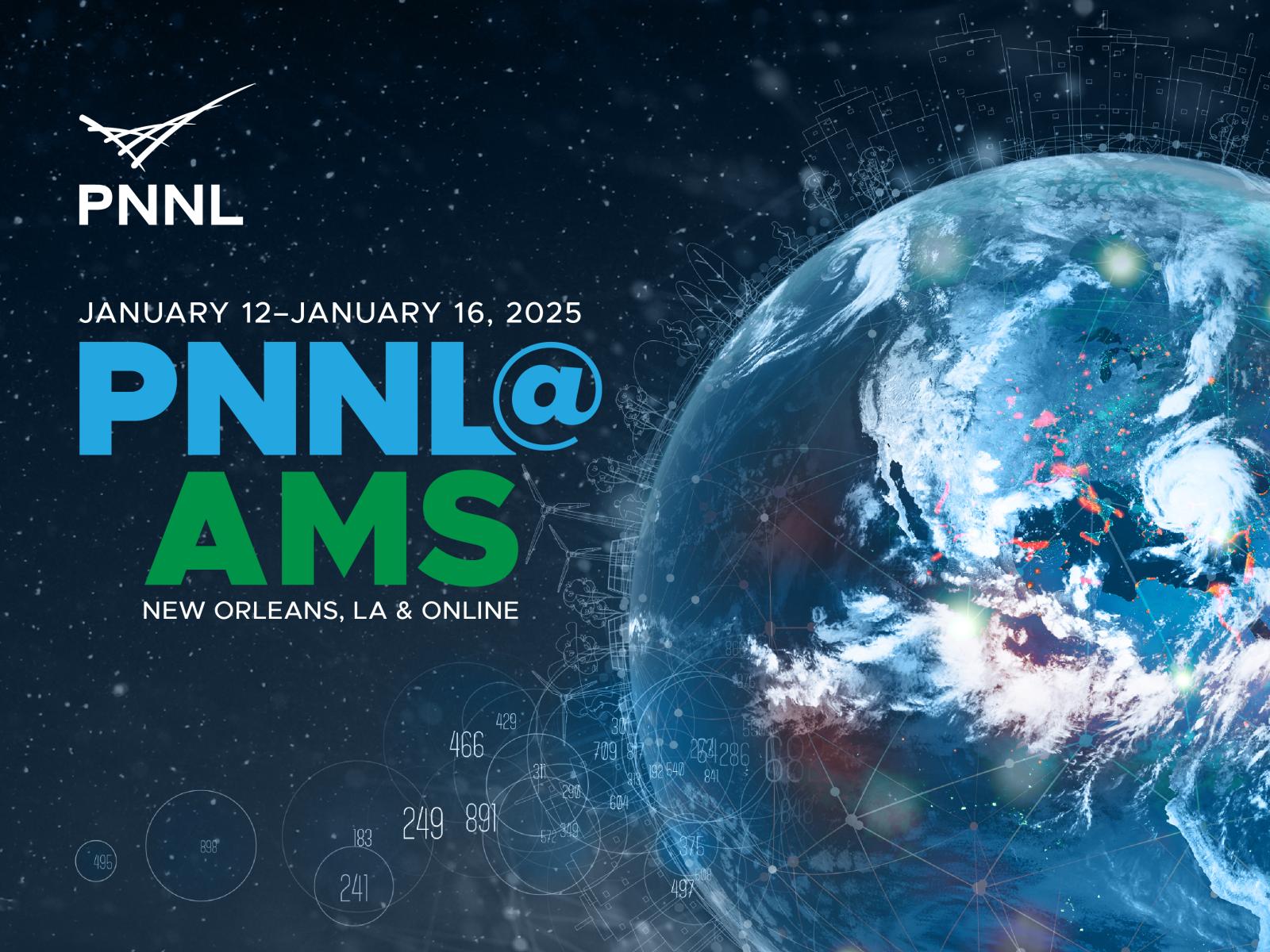
New Orleans, Louisiana
The 2025 American Meteorological Society meeting will feature the latest findings of more than 30 researchers from Pacific Northwest National Laboratory (PNNL). Scroll this page to learn more about some of the presenters and their science and current job opportunities.
Featured PNNL Presentations
Monday, January 13
J3A.3 - In-cloud Variability of Droplet Number Concentration and its Implications for Microphysics Parameterizations
Session: 2:15–2:30 p.m. CST | Location: 224 (New Orleans Ernest N. Morial Convention Center)
PNNL Presenter: Mikhail Ovchinnikov
Summary: This study examines cloud droplet variability in atmospheric models, focusing on droplet number (nc) and mass (qc) concentrations in cloud formation. Large-eddy simulations reveal strong nc-qc correlations, indicating that cloud variability is underestimated in current models. Findings support adjusting model parameters to better capture cloud-aerosol interactions and process rates. READ MORE.
4.6 - Modulation of the Predictability of the MJO by Land Surface Temperature Patterns
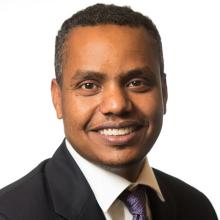
Session: 5:45–6:00 p.m. CST | Location: 203/204 (New Orleans Ernest N. Morial Convention Center)
PNNL Presenter: Samson M. Hagos
Summary: This study examines how global land surface temperature patterns affect the variability and predictability of the Madden-Julian Oscillation (MJO). A large ensemble of E3SMv3 simulations reveals that contrasting temperature patterns between Eurasia and North America modulate MJO propagation, potentially extending predictability by about eight days under certain conditions. READ MORE.
J4.6 - Floating Wind in a Changing Climate: Linking Metocean Conditions, Control, Reliability, and Grid using Scientific ML
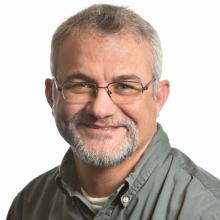
Session: 6:00–6:15 p.m. CST | Location: 217 (New Orleans Ernest N. Morial Convention Center)
PNNL Presenter: Larry K. Berg
Summary: Deploying floating offshore wind farms requires a cross-disciplinary approach. The DOE’s Floating Wind in a Changing Climate Center is using scientific machine learning to build an integrated digital energy system for wind farm design, control, and grid integration, aiming to reduce costs and tackle the challenges of large-scale wind energy deployment in a changing climate. READ MORE.
Tuesday, January 14
7.4 - Extremes, Multi-model Ensembles and ScenarioMIP: Recent Work along Jerry’s Trailblazing Directions

Session: 2:30–2:45 p.m. CST | Location: Great Hall C (First Floor, New Orleans Ernest N. Morial Convention Center)
PNNL Presenter: Claudia Tebaldi
Summary: This talk will present recent work inspired by themes explored in collaboration with Jerry, focusing on extreme climate indices and their sensitivity to land-use changes across models. Additionally, the presentation will cover the upcoming CMIP7 scenario proposal, which will shape future climate projections and reflect Paris Agreement goals and various emission pathways. READ MORE.
Development of the Best Estimate Planetary Boundary Layer Height with ARM Ground-based Remote Sensing Measurements
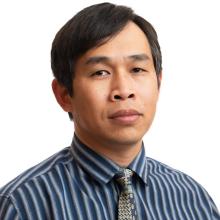
Session: 3:00–4:30 p.m. CST | Location: Hall C (New Orleans Ernest N. Morial Convention Center)
PNNL Presenter: Damao Zhang
Summary: The Department of Energy’s Atmospheric Radiation Measurement (ARM) program offers multiple methods for estimating planetary boundary layer height (PBLHT), using both radiosonde data and advanced remote sensing. To improve accuracy, a machine learning model was developed to combine remote sensing measurements for optimal PBLHT estimation, showing better consistency with traditional radiosonde data. READ MORE.
Wednesday, January 15
11.2 - Assessing the Impact of the Forest Canopy on Wind Speed, Vertical Wind Shear, and Turbulence across Wind Turbine Rotors
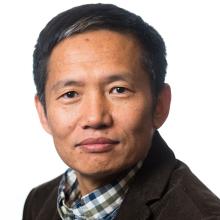
Session: 2:00–2:15 p.m. CST | Location: 217 (New Orleans Ernest N. Morial Convention Center)
PNNL Presenter: Raj K Rai
Summary: Recent increases in wind turbine hub heights require more accurate models to predict wind speeds over forested areas, where surface drag is significant. By using a canopy parameterization, this study improves wind speed predictions within and above forest canopies, with preliminary results showing better accuracy in the Wind River Experimental Forest. READ MORE.
Thursday, January 16
J13A.4 - DOE ARM LASSO Activity: Progress on ENA Maritime Cloud Scenario
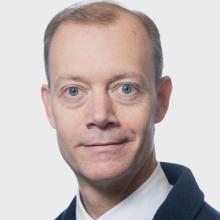
Session: 9:15–9:30 a.m. CST | Location: 215/216 (New Orleans Ernest N. Morial Convention Center)
PNNL Presenter: William I. Gustafson
Summary: The Large-Eddy Simulation (LES) Atmospheric Radiation Measurement (ARM) Symbiotic Simulation and Observation (LASSO) project is developing a maritime cloud-focused scenario at ARM’s Eastern North Atlantic observatory, using high-resolution simulations to enhance the understanding of maritime cloud processes. This new scenario joins existing LASSO setups, with plans to release simulation data and evaluations publicly for educational and research use. READ MORE.
14A.2 - Mixed-Phase Cloud and Boundary Layer Evolutions in an Arctic Cold-Air Outbreak from Lagrangian and Eulerian Perspectives
Session: 11:15–11:30 a.m. CST | Location: 224 (New Orleans Ernest N. Morial Convention Center)
PNNL Presenter: Mikhail Ovchinnikov
Summary: This study compares two simulation approaches for modeling cloud dynamics in cold-air outbreaks (CAOs) over the Greenland and Norwegian Seas. By examining cloud formation during a March 2020 CAO event, the research highlights how each approach reveals valuable insights into cloud and turbulence interactions, benefiting CAO modeling. READ MORE.
A Machine Learning Bias Correction of Large-Scale Environment of High-Impact Weather Systems Simulated by E3SM Atmosphere Model

Session: 3:00–4:30 p.m. CST | Location: Hall C (New Orleans Ernest N. Morial Convention Center)
PNNL Presenter: Shixuan Zhang
Summary: High spatial resolution is essential for accurately modeling storms, but global models often lack this detail. This study introduces a machine learning method to correct biases in climate model simulations of wind, temperature, and humidity, improving projections of storm environments and enhancing future extreme weather modeling accuracy. READ MORE.
Careers at PNNL
Want to join the PNNL team? Check out some of our open positions!